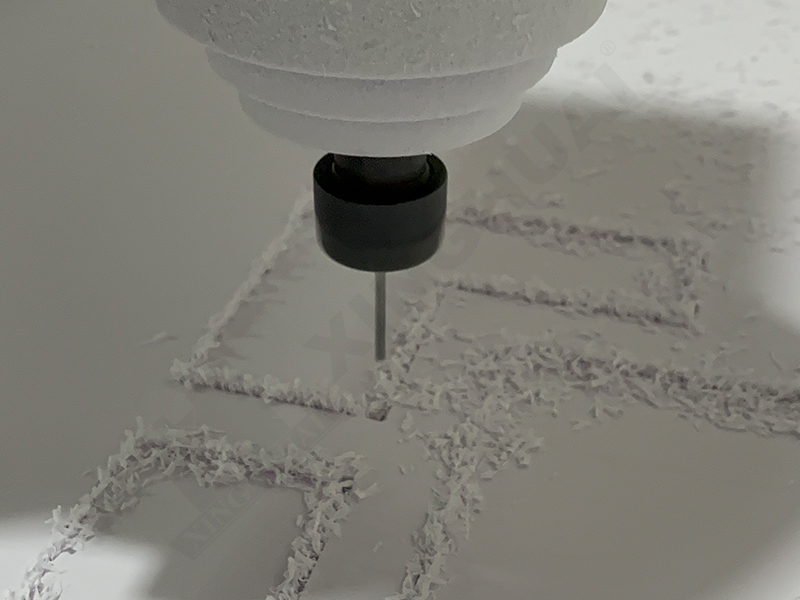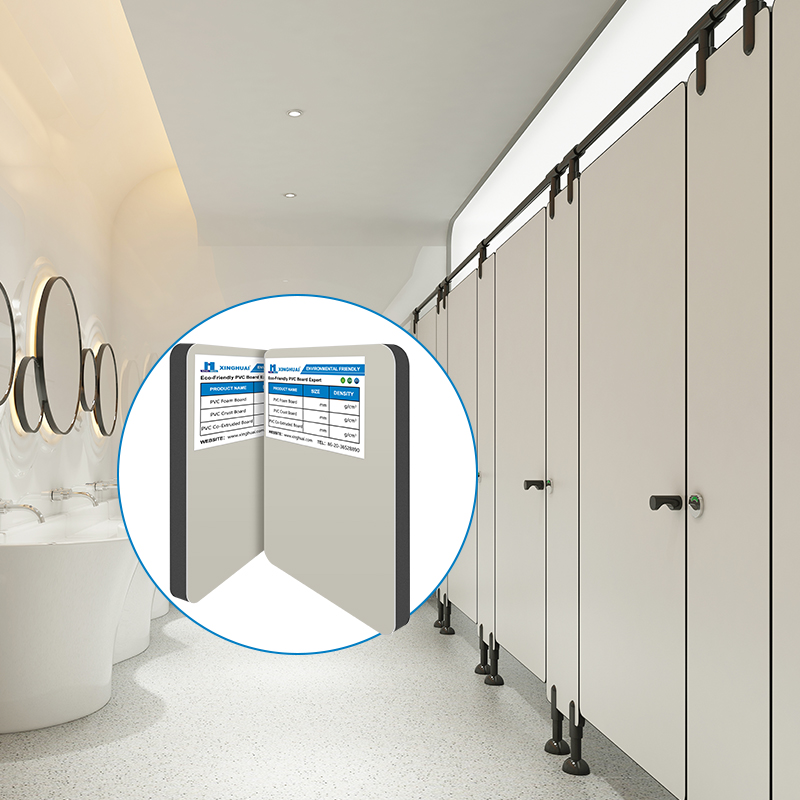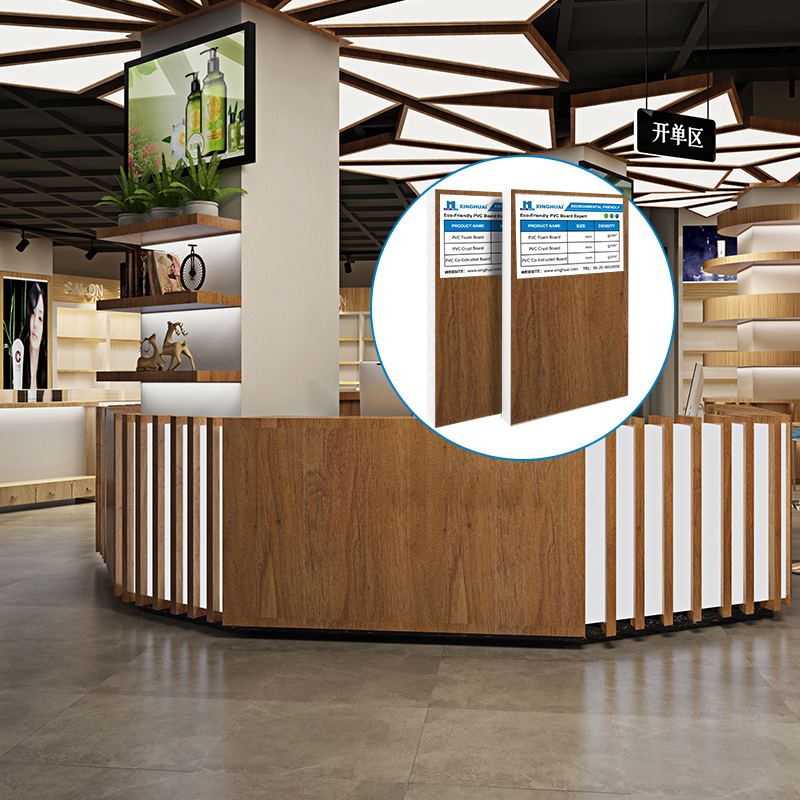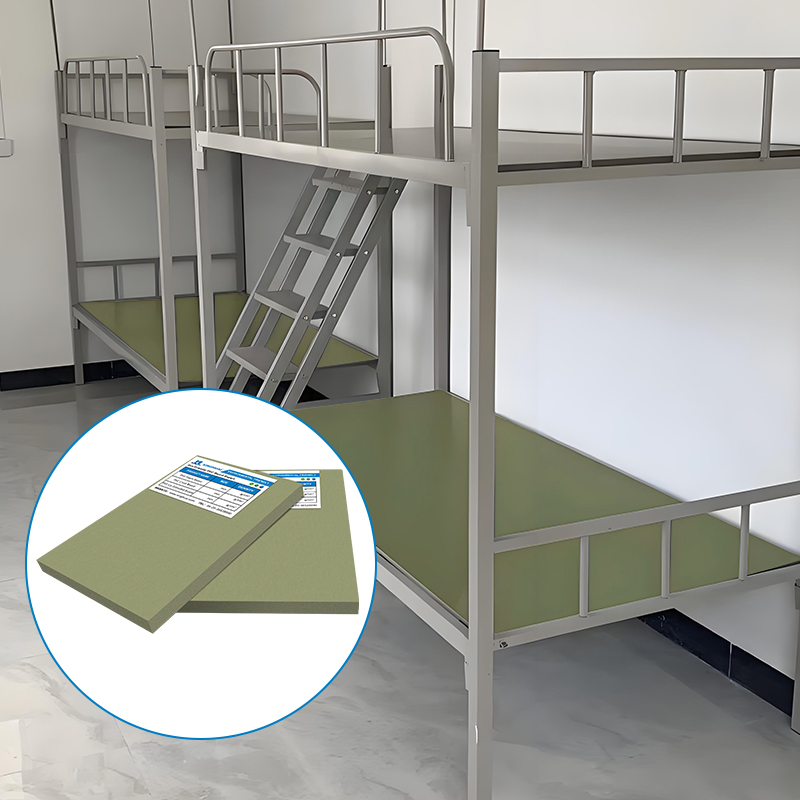Foam boards, particularly those made from materials like hard PVC board, closed cell PVC foam board, celuka board, and 4x8 PVC foam board, are widely recognized for their versatility in construction, signage, and DIY projects. A common question among users is whether these materials can be effectively processed through techniques like sawing, carving, and drilling. The answer is a resounding yes—provided the right type of foam board is selected.
Hard PVC board, known for its rigidity and durability, is a popular choice for applications requiring precise cuts and detailed engravings. Its dense structure allows it to withstand the stress of sawing without cracking or warping, making it ideal for projects like model making, furniture components, and decorative panels. When working with hard PVC board, using sharp, high-speed steel blades ensures clean edges and minimizes material waste.
Closed cell PVC foam board, another widely used variant, offers a lightweight yet sturdy alternative. Its closed-cell structure prevents moisture absorption, enhancing its suitability for outdoor applications. Sawing closed cell PVC foam board is straightforward, as the material does not chip easily. For carving, a rotary tool with fine bits can create intricate designs, though care must be taken to avoid overheating the surface.
Celuka board, a subset of closed cell PVC foam board, features a smooth, hardened surface layer that improves its resistance to scratches and impacts. This makes celuka board particularly effective for projects requiring both aesthetic appeal and functional durability. When sawing celuka board, a slow, steady feed rate prevents melting or deformation, while carving tools with adjustable speeds allow for precise control.
The 4x8 PVC foam board size is a standard dimension in the industry, offering ample workspace for large-scale projects. Whether using hard PVC board, closed cell PVC foam board, or celuka board in this size, the key to successful secondary processing lies in selecting the appropriate tools. For sawing, circular saws or jigsaws with fine-toothed blades work best, while carving requires tools like Dremel rotaries or CNC machines for detailed work.
For those seeking bulk solutions, PVC foam board wholesale suppliers often provide access to a variety of thicknesses and finishes. When purchasing hard PVC board or closed cell PVC foam board in wholesale quantities, it’s essential to verify the material’s compatibility with your intended processing methods. Some manufacturers offer pre-cut sheets or custom sizes, reducing waste and simplifying workflows.
Safety is another critical consideration. When sawing or carving any type of PVC foam board, including celuka board or 4x8 PVC foam board, wearing protective gear such as gloves, goggles, and dust masks is non-negotiable. The fine particles generated during processing can irritate the respiratory system, so working in a well-ventilated area is advisable.
In terms of finish quality, hard PVC board typically requires minimal sanding after sawing, thanks to its smooth surface. Closed cell PVC foam board may need light sanding to remove any burrs, while celuka board often achieves a polished look with minimal effort. For carving, applying a sealant or paint can enhance the durability and appearance of the final product.
The adaptability of these materials extends beyond manual tools. Many professionals use CNC routers to cut and carve hard PVC board, closed cell PVC foam board, and celuka board with computer-controlled precision. This method is especially useful for repetitive designs or large production runs, where consistency is paramount.
When comparing hard PVC board vs. closed cell PVC foam board for secondary processing, the choice depends on the project’s requirements. Hard PVC board excels in applications demanding structural integrity, while closed cell PVC foam board offers better insulation and buoyancy. Celuka board bridges the gap, providing a balance of strength and workability.
For those new to working with PVC foam board, starting with smaller projects like signs or displays is recommended. This allows users to familiarize themselves with the material’s behavior during sawing and carving. As confidence grows, transitioning to larger or more complex designs becomes feasible.
In conclusion, foam boards such as hard PVC board, closed cell PVC foam board, celuka board, and 4x8 PVC foam board are highly suitable for secondary processing. Their compatibility with sawing, carving, and drilling makes them indispensable in various industries. By selecting the right type of foam board and using appropriate tools, users can achieve professional-grade results without compromising on quality or safety. Whether sourced through PVC foam board wholesale channels or local suppliers, these materials offer a cost-effective and reliable solution for creative and functional projects.





